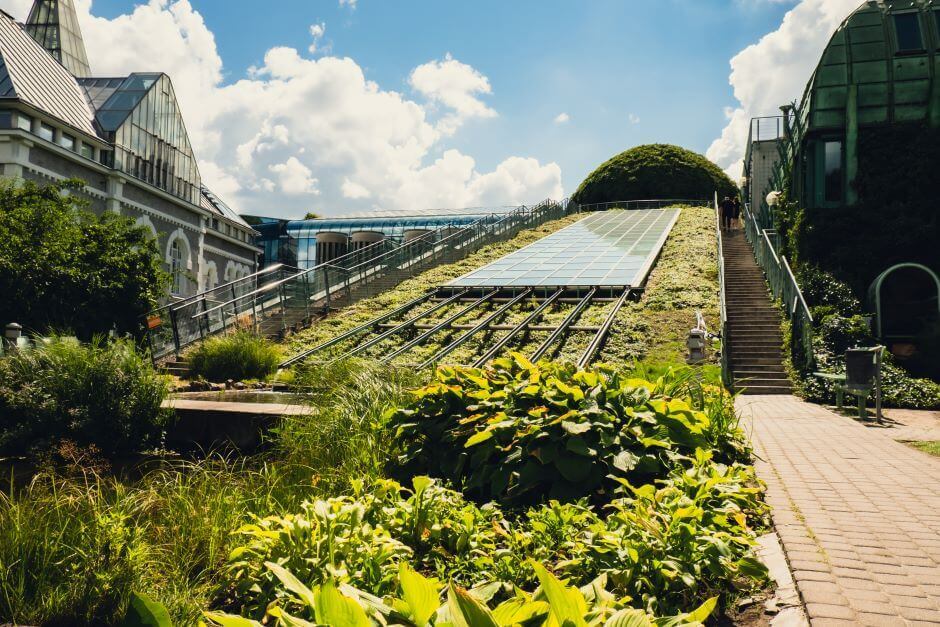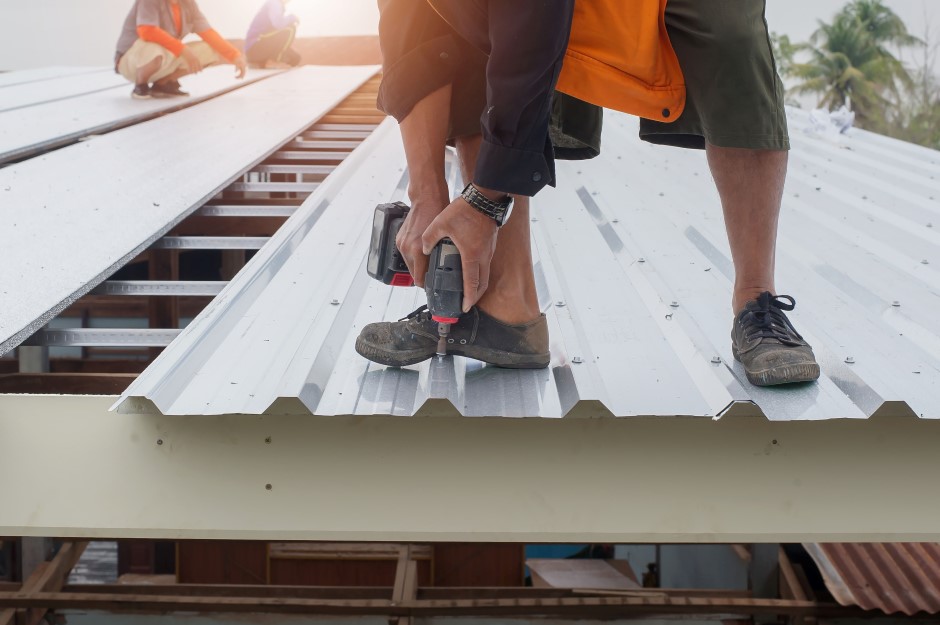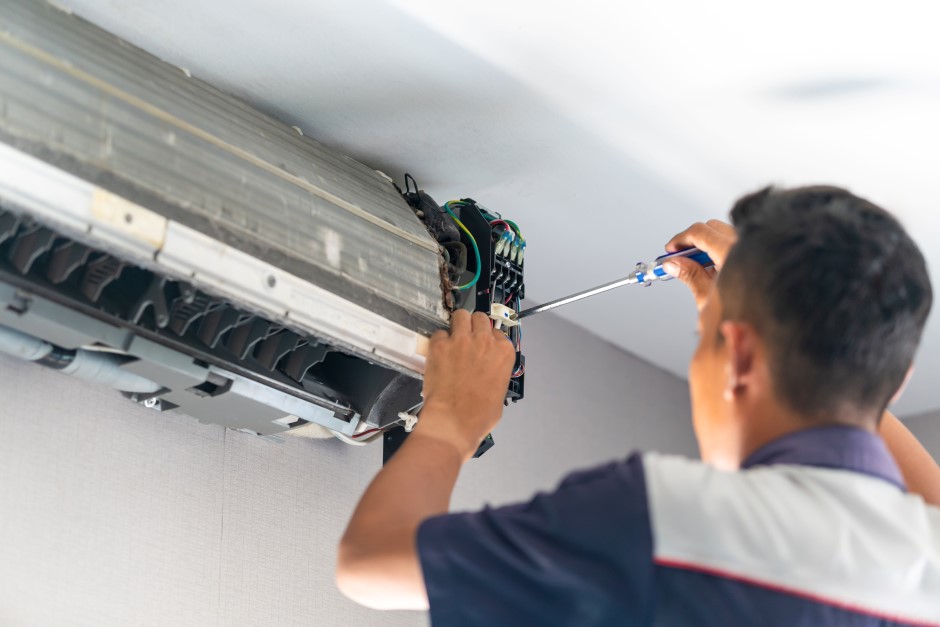
When designing your dream greenhouse roof, the choice of material plays a vital role in determining its functionality and performance. The market offers a range of options, each with its own set of advantages and disadvantages, and whether yours is a flat or gable roof greenhouse, you need to understand the details first.
To help you make an informed decision, explore the pros and cons of different greenhouse roof materials while reading this article, and clear any of your doubts along the way – starting now.
Can A Greenhouse Have A Flat Roof?
Absolutely! While sloping roofs are more commonly associated with greenhouses, flat roofs have their merits. The advantage of a flat greenhouse roof idea lies in its simplicity and construction: it provides a clean and modern aesthetic, blending into any garden or backyard.
Low-slope roofs also offer efficient use of space, making it easier to install heating, cooling, or ventilation systems. However, it is important to note that flat roofs may require extra maintenance to prevent water pooling and ensure proper drainage.
Can A Greenhouse Have A Solid Roof?
Yes, it is possible to have a solid roof in a greenhouse. Some of the most commonly used in solid roof panels are polycarbonate and fiberglass. These roofs offer enhanced durability, preventing damage from hail, falling debris, or heavy snow loads. Additionally, solid roofs minimize UV radiation, offering a more controlled environment for light-sensitive plants.
3 Materials For Greenhouse Roof
Read more about the most common options you can choose from.
- Polycarbonate panels: these lightweight and durable panels offer excellent insulation, UV protection, and impact resistance. They come in various thicknesses and can be clear, translucent, or opaque, allowing you to balance light transmission with privacy.
- Fiberglass panels: they offer similar benefits to polycarbonate, providing insulation and protection against UV rays. Those panels are relatively affordable and easy to install, but may require periodic maintenance to prevent discoloration and degradation.
- Twin-Wall polycarbonate: this type of polycarbonate panel consists of two layers with an air gap in between, enhancing insulation properties. It offers better heat retention, making it suitable for regions with colder climates.
Just beware not to reduce the amount of natural light entering the greenhouse, needing artificial lighting or supplemental sources almost 24/7.
Does A Greenhouse Need A Clear Roof?
While a clear roof is a popular choice for traditional greenhouses, it is not an absolute requirement.
Clear roofs – typically a greenhouse glass roof or transparent polycarbonate – allow maximum sunlight penetration, promoting optimal plant growth and photosynthesis. The transparency also creates a visually appealing and spacious atmosphere inside the greenhouse.
But there are cases where a clear roof may not be ideal!
Excessive sunlight can lead to overheating, requiring additional shading and ventilation systems. Plus, plants that require partial shade thrive better under diffused light provided by translucent or opaque roof materials, such as a greenhouse with a metal roof.
Well, selecting the right greenhouse roof material involves careful consideration of various factors. Weigh the pros and cons, and you will be well-equipped to create a thriving greenhouse environment tailored to your preferences.
To make it all work out perfectly, call eHARDHAT’s roofing team and they will get the job done right –, and right away.
You may also like to read:
How to Design a Low-Maintenance Garden
Why You Need Snow Removal for Your Roof
4 Common Roof Eave Problems and How to Repair Them






